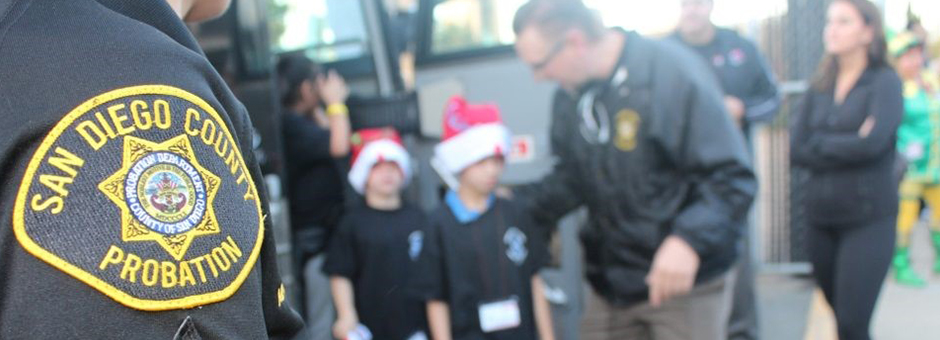
Author: Yvette Urrea Moe, County of San Diego Communications Office
With the region’s lowest youth arrest rate in a decade, and the lowest number of youth in Probation custody in the last six years, the region’s juvenile justice system is undergoing a reconfiguration in its approach and management of youth in the juvenile justice system.
“Transforming our juvenile justice system also means shifting the culture within our Probation department. We are moving from a primary focus on compliance to emphasizing rehabilitating our youth to achieve the best public safety outcomes,” Probation Chief Adolfo Gonzales said. “We are keeping as many youth as possible out of custody and making sure they receive the services they need to succeed.”
The changes have come in response to the steady drop in youth arrest rates, which have fallen 76% between 2008 and 2017. Custodial youth rates have declined by 50% in the last six years, and the number of youth on Probation supervision is down by 66% in the last eight years. Probation is providing new employee training to apply national best practices in the industry and is reinvesting in community-based services to further reduce the number of teenagers in the juvenile justice system.
The department has shifted its focus from sending San Diego County youth directly to Juvenile Hall for offenses to alternative sentencing which keeps youth out of custody and in their communities, schools and home with rehabilitation services, drug and alcohol treatment, counseling, and community service. Probation officers are working to make sure the youth receive the services they need to succeed.
Probation has spent $37 million less per year than it did 10 years ago on Juvenile Field Services and Juvenile Institutions. The average cost for one youth to stay in juvenile hall for 60 days is $23,000. By comparison, the average cost for several months of juvenile diversion programs, such as intensive services and close case management, is $1,925. Probation has reinvested some of that money into “front-end” services which help youth flourish in their communities as a way to prevent at-risk juveniles from getting pulled into criminal behavior in the first place. This new approach to juvenile justice is not only saving taxpayers money, it is working to keep youth from reoffending and keeps the community safer.
To better understand and to become better equipped at helping youth with the challenges they face, Probation officers now learn about adolescent brain development, trauma-informed care, restorative practices, and implicit bias. Probation sta now refer to the youth as their clients rather than cases, probationers or detainees as they might have been called in recent history. It is the job of all officers to help their clients succeed.
The department also works with community mentors who are reformed from the criminal justice system and want to help others avoid the same pitfalls. Sometimes, it takes this level of understanding and shared experiences to convince youth that they can climb out of the circumstances that led them to the juvenile justice system.
The San Diego County Probation Department was honored for transforming its treatment model and practices in the juvenile justice system. The San Diego County Taxpayers Association awarded its Regional Golden Watchdog Award to the County of San Diego for a program credited with reducing the youth arrest rate in San Diego.